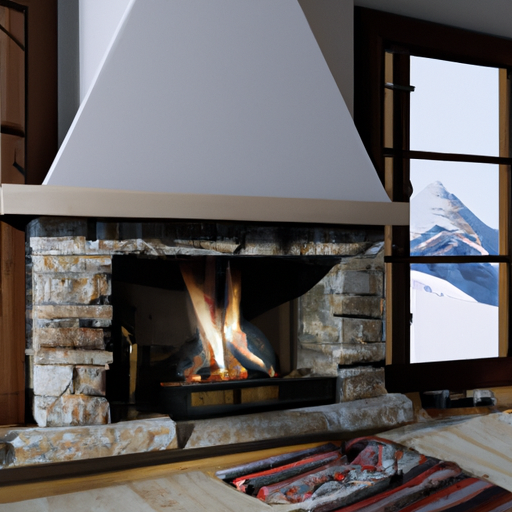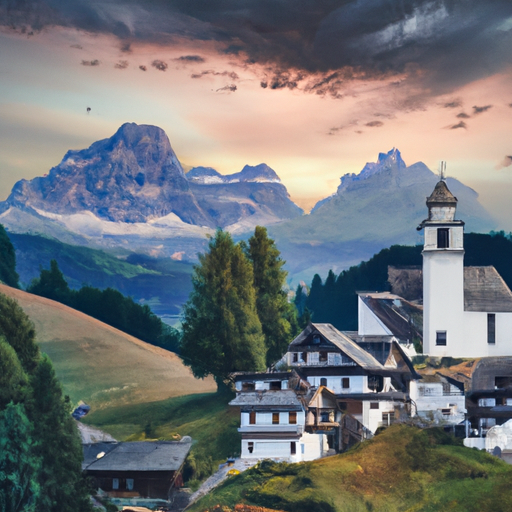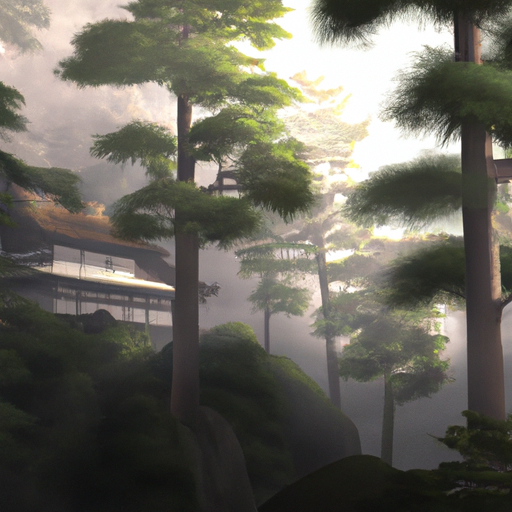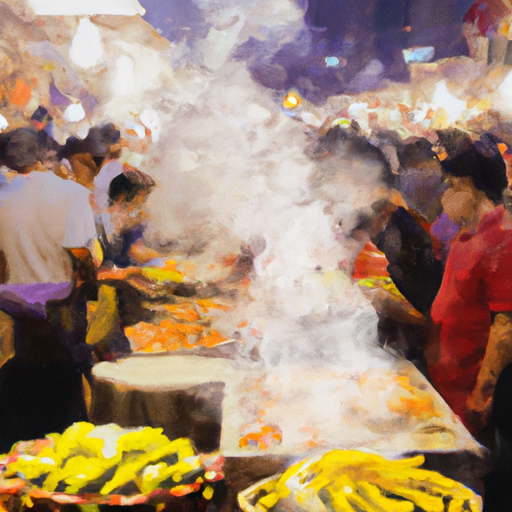Journey through the enchanting mountain villages nestled in Italy's dramatic Dolomite range. Experience the unique blend of Italian and Austrian culture that defines this lesser-known alpine region. Discover authentic local traditions, cuisine, and outdoor adventures that make these towns unforgettable.

Tucked away in the northeastern corner of Italy, the Dolomites mountain range harbors a collection of charming villages that seem frozen in time, where ancient traditions blend seamlessly with modern mountain life. These hidden gems offer visitors an authentic alpine experience far removed from the tourist-heavy destinations of the Italian mainland.
The town of Ortisei (St. Ulrich) serves as a perfect introduction to the unique culture of the Dolomites. Here, three languages - Italian, German, and Ladin - coexist naturally, reflecting the region's complex historical heritage. The village's wooden chalets, adorned with colorful flower boxes and intricate carvings, showcase the area's renowned woodworking tradition that dates back centuries.
In the nearby village of Castelrotto (Kastelruth), traditional Tyrolean architecture dominates the landscape, with its iconic church tower standing sentinel over the village square. Local residents still don traditional dress for special occasions, and the sound of alpine horns occasionally echoes through the valley during cultural celebrations.
The village of San Candido (Innichen) presents a particularly striking example of Dolomite architecture, with its Romanesque cathedral dating back to the 8th century. The surrounding peaks create a natural amphitheater, while the crystal-clear waters of the Drava River flow through the heart of the town, providing a constant soundtrack to daily life.
What makes these mountain towns truly special is their preservation of ancient crafts and traditions. In workshops throughout the region, woodcarvers continue to create intricate sculptures and furniture using techniques passed down through generations. Local weavers produce traditional textiles, while family-run dairies craft cheese using age-old methods.
The culinary traditions of the Dolomites reflect the region's unique position at the crossroads of Italian and Austrian culture. Mountain refugios (rifugios) serve hearty dishes like canederli (bread dumplings), speck (smoked ham), and polenta, alongside Italian classics with a mountain twist. Local wines, particularly the crisp white wines of Alto Adige, perfectly complement these robust mountain flavors.
Adventure seekers will find endless opportunities in these mountain communities. During summer months, hundreds of kilometers of hiking trails connect the villages, ranging from gentle valley walks to challenging via ferrata routes up sheer rock faces. Mountain biking has exploded in popularity, with many towns developing extensive trail networks for all skill levels.
Winter transforms these villages into intimate ski destinations, where visitors can experience world-class slopes without the crowds of larger resorts. The Dolomiti Superski pass connects multiple valleys and villages, offering access to over 1,200 kilometers of pistes. Cross-country skiing trails wind through silent forests, and horse-drawn sleigh rides provide a romantic way to explore snow-covered valleys.
The changing seasons bring distinct celebrations and traditions. Spring witnesses the return of cattle to mountain pastures, celebrated with colorful parades and village festivals. Summer brings mountain meadows alive with wildflowers and the sound of cowbells. Autumn features harvest festivals and traditional markets, while winter hosts Christmas markets that transform villages into magical alpine wonderlands.
Accommodation in these mountain towns ranges from family-run pensiones to luxury wellness hotels, many featuring traditional architecture with modern amenities. Many properties offer spa facilities featuring traditional alpine treatments using local herbs and minerals, providing perfect relaxation after active days in the mountains.
The sustainability of mountain life has become increasingly important to these communities. Many villages have implemented eco-friendly transportation systems, and local farmers maintain traditional agricultural practices that preserve the region's unique alpine landscapes and biodiversity.
Visitors planning to explore these hidden gems should consider timing their visit to experience local festivals and events. The Kastelruther Spatzen Festival in Castelrotto celebrates traditional music, while the Strudel Festival in Ortisei showcases local culinary expertise. These events provide unique insights into local culture and traditions.
For those seeking to discover these mountain towns, slow travel is recommended. Spend at least a few days in each village to truly appreciate their unique character and rhythm of life. Local guides can provide invaluable insights into the history, culture, and natural environment of each location.
As mass tourism continues to impact many popular destinations, these hidden mountain towns of the Dolomites offer an authentic alternative where traditional alpine culture thrives alongside modern mountain life. They represent a precious glimpse into a way of life that has adapted to modern times while maintaining its essential character and connection to the mountain landscape.



